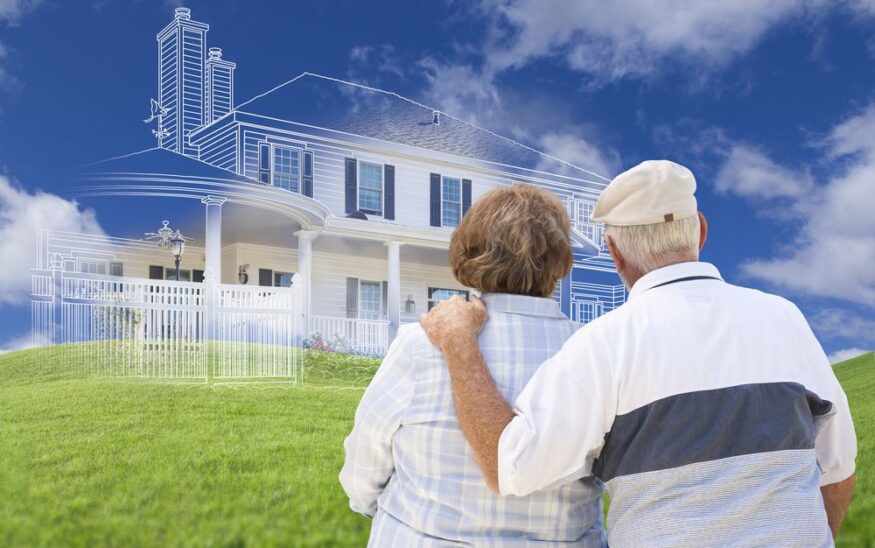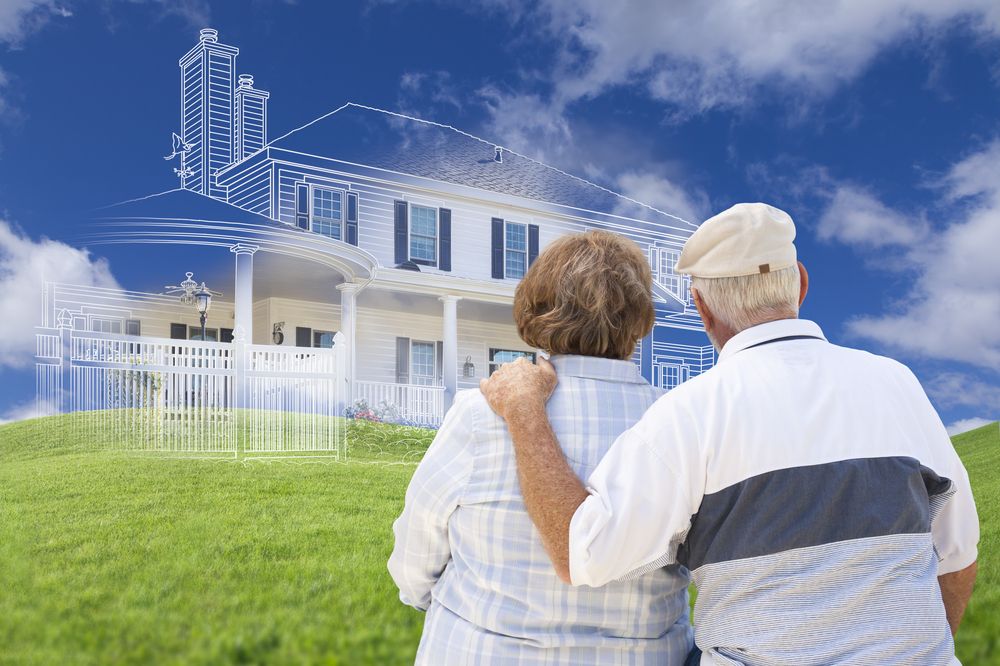Here's why the senior housing market is about to explode
There are significant senior building opportunities in coming decades
Richard Ziegner //July 28, 2016//


Here's why the senior housing market is about to explode
There are significant senior building opportunities in coming decades
Richard Ziegner //July 28, 2016//

Millennials may be all the rage these days, but Baby Boomers are still making an enormous impact on the U.S. economy, particularly in the senior housing market. By 2050, the population of individuals aged 65 or older will grow from 40 to 89 million, an increase of 120 percent. And as Americans age, where and how they will live becomes a more pressing issue – an issue that will have a significant impact on the economy, construction industry and banking sector.
Although staying in their homes is almost universally preferred among Baby Boomers, many aging Americans will transition to multi-housing developments that provide some assistance and allow them to live as independently as possible. Others, especially those with medical disabilities, will seek housing in environments that provide more intensive nursing support and other assistance.
The average age of a resident in a senior housing facility is in the 80s. With the leading edge of Baby Boomers just now turning 70, the need for additional senior housing units is expected to accelerate over the next few decades. In fact, between 2015 and 2020, all 50 states forecast growth in the number of 75-year-old-plus households. The increase in senior housing will come from sectors such as Alzheimer’s and memory care facilities, independent living centers, assisted living facilities, skilled nursing facilities, continuing care retirement communities, home health care and hospice care.
It is a common rule of thumb in the industry that Baby Boomers will typically choose a newer, more modern and home-like facility versus an older institutional facility. Therefore, the industry has moved from an institutional feel to a more home-like atmosphere, including eliminating long hallways and nursing stations and replacing them with single rooms, private baths, large rehab spaces, smaller cafeterias, snack bars, beauty salons, theater rooms and much more. As a result, when new competition hits the market and consumers choose with their feet, it becomes much harder for older facilities to maintain the occupancy levels needed to ensure financial success.
So, what does this mean for the general economy? It means that there are significant opportunities for contractors, developers and lenders that are experienced in senior housing to help owners modernize existing facilities or build new housing options for seniors. Construction for many new facilities is already underway or in the approval phases and financing continues to be readily available for developers and operators in this sector.
On the flip side of this successful outlook, there are concerns and challenges that need to be monitored and addressed. Even though the senior housing industry is one of the fastest growing segments in the U.S. economy and there are many desirable lending and development opportunities, builders, developers and lenders must effectively mitigate the risks inherent in the industry.
Characteristics of the long-term care business require that successful participants maintain industry-specific knowledge and utilize best practices for each project. For the benefit of all parties involved, it is important that everyone tied to senior housing projects remain prudent and evaluate all risk related to each project. Doing so will mean a stronger economy with more housing options available for Baby Boomers of all ages.
























